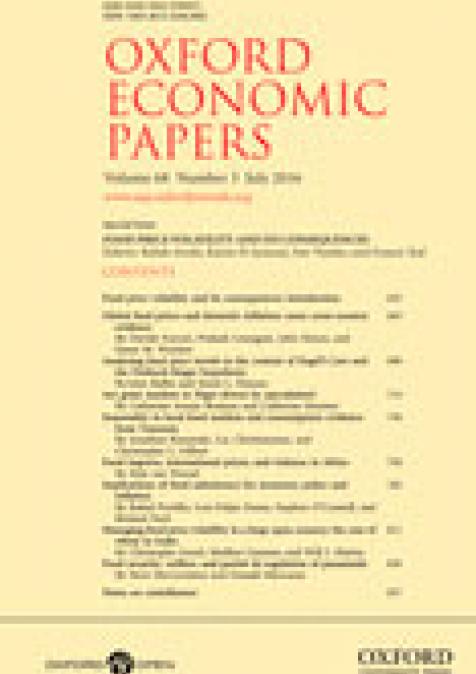Publications /
Policy Paper
La baisse des cours du pétrole qui s’est amorcée en 2014 a considérablement influencé les stratégies des acteurs pétroliers en Afrique. Baisse des budgets d’exploration, disparition ou rachat de sociétés affaiblies, réorganisation ou repli des majors traditionnelles, création de nouvelles firmes et arrivées de majors étatiques intéressées par l’effet d’aubaine généré par la crise : le continent n’a pas échappé à une modification en profondeur de son secteur pétrolier.
Pour autant, la crise n’a pas redéfini la géographie de la production africaine dont les principaux géants restent et resteront le Nigeria, l’Angola, l’Algérie et la Libye, au moins en termes de réserves. Néanmoins, de nouvelles zones ont pu émerger grâce notamment à la prise de risques de juniors soutenues par de puissants fonds d’investissement qui ont cru au potentiel de géologues et d’équipes techniques autrefois salariés des majors. C’est d’abord le cas de l’Afrique de l’Est pour le pétrole, avec l’Ouganda et le Kenya, ainsi que pour le gaz, avec la Tanzanie et le Mozambique. Plusieurs découvertes pétrolières et gazières de grande importance ont pu être effectuées dans un nouveau bassin situé entre la Mauritanie et la Guinée. Aucun modèle de stratégie africaine ne se dessine cependant, chaque société faisant des choix d’acquisition et d’exploration propres.
Si les acteurs traditionnels, comme les majors occidentales ENI et Total, ont poursuivi leurs investissements sur ce continent qui joue un rôle central dans leur production globale, des majors, comme ConocoPhilipps, sont tout simplement parties alors que d’autres ont effectué de nouvelles acquisitions risquées, comme BP et ExxonMobil.
Quant aux majors d’État asiatiques, les investissements dans l’exploration/production ont plutôt stagné pour la Chine (en ce qui concerne CNPC et Sinopec notamment) alors que certaines autres ont largement renforcé leur présence comme l’indonésienne Pertamina ou encore l’ONGC indienne.
Le repli des banques traditionnelles touchées par la crise financière de 2008 a conduit à un manque de fonds disponibles pour le secteur pétrolier en Afrique, et celui-ci s’est encore accentué depuis 2014 avec la baisse des cours. Les sociétés pétrolières privées et étatiques africaines ont ainsi diversifié leurs sources de financement. Comme Glencore au Tchad,
les traders se sont lancés dans des prêts au secteur extractif et les banques chinoises prêtent aussi davantage de fonds, y compris pour des projets n’incluant pas d’acteur chinois. Quant aux banques africaines, principalement nigérianes et sud-africaines, elles ont aussi joué un rôle de plus en plus moteur.
La crise a également poussé à davantage de coopération entre les différents types de sociétés pétrolières. Une junior comme Tullow Oil a par exemple souhaité travailler avec une major occidentale, Total, et une major d’État chinoise, Cnooc, pour développer les ressources qu’elle avait découvertes en Ouganda. Ces types de coopération et de partage du risque se sont développés durant la crise : il y a désormais moins de permis et de projets développés par un acteur unique. Enfin, la crise a favorisé l’arrivée des sociétés de services, qui ont été durement touchées par la baisse des contrats et la pression sur les prix de la part des opérateurs, et se sont investies dans la production. En prenant elles-mêmes des risques, ces sociétés de services s’assurent de l’utilisation de leur compétence et savoir-faire. Ceci protège également leur modèle économique, puisqu’elles sont devenues décisionnaires lors des développements pétroliers.







